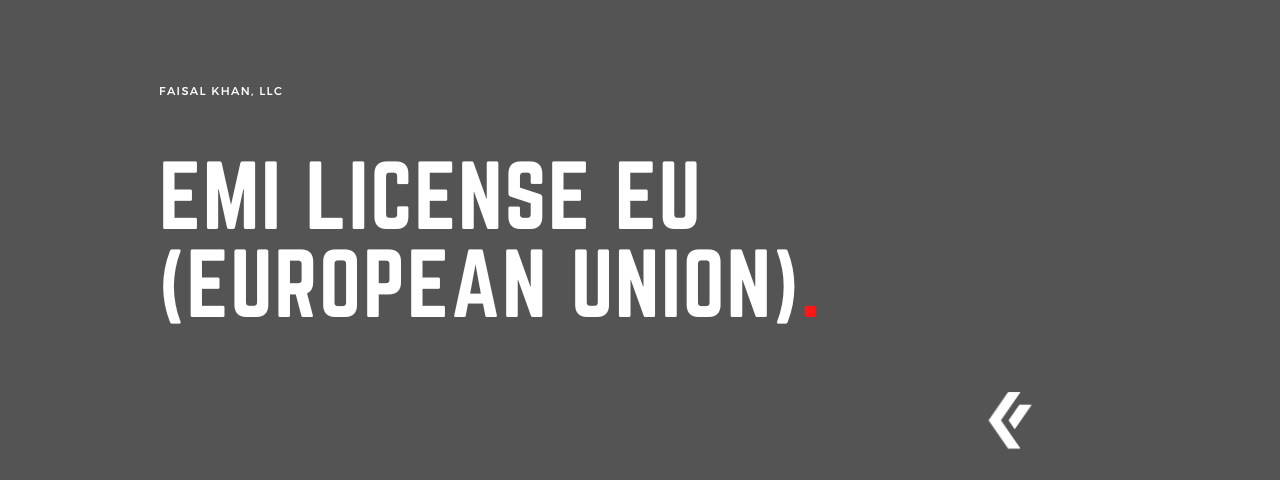If you are interested in starting a pseudo-bank or a neo-bank in the EU and need to provide access to wallets, cards, and IBANs to your customers you would be needing an EMI License or an E-Money License in Europe.
According to the Directive of the European Parliament and of the Council of the EU, E-money can be defined as “Electronically, including magnetically, stored monetary value as represented by a claim on the issuer which is issued on receipt of funds to make payment transaction, and which is accepted by a natural or legal person other than the electronic money issuer”.
Source: Directive of the European Parliament and of the Council of the EU
In the EU, an e-Money License can be considered as an alternative to a full-fledged banking license as the Electronic Money Institution can provide most of the day-to-day banking services such as providing wallets, cards, and IBANs to their customers. Although it is much easier to become an Electronic Money Institution in the EU as compared to becoming a fully licensed EU bank, Electronic Money Institutions cannot provide all the services that banks are allowed to provide.
What Are the Requirements for an EMI License in the EU?
Obtaining an EMI License can be a very cumbersome process where you must submit a lengthy application, providing evidence that your EMI will be solvent and guarantee compliance with the capital requirements by doing the necessary financial calculations.
You would also need to show your policies on safeguarding customer funds along with the policies regarding AML/CFT procedures. As a business, you would also need to provide evidence of the suitability and experience of your directors, senior management, and Money Laundering Officer (MLRO).
There are several prerequisites required by the regulatory bodies to process your application, therefore you will need to make sure that your company meets these regulatory requirements in the country where you seek the license before you submit your application. These requirements can also vary depending on the country in which the application will be submitted. Upon receiving an E-Money License, an EMI can issue electronic money (or e-money), carry out payment transactions, provide payment services to consumers and businesses, and to other payment service providers.
If the management of the company does not contain 2 authorized people who are residents in the EU, the company will not receive a license. This point varies from country to country. There are countries where 1 authorized person who has the citizenship of one of the countries of the European Union is enough for licensing, another member of the management may be a resident of the CIS.
Who Regulates EMI Licenses in the EU?
Companies providing payment services must adhere to the guidelines and requirements established by the PSD2 which is an EU directive (Directive 2015/2366). This directive applies to banks, payment processors, e-money institutions, and their customers. PSD2 is the document that established the requirements for companies wishing to obtain an EMI license and provides the legal foundation for an EU single market for payments, to establish safer and more innovative payment services across the EU.
The application for an EMI license must be submitted through the central bank of where you are seeking a license. Based on the country of application you will be asked for various documents and adhere to their requirements. However, an important point to note is that the company applying for a license is thoroughly checked by regulators in all European countries, regardless of which country you have applied to.
How Long Does It Take to Obtain an Electronic Money Institution License?
The time taken for an EMI application to be processed and a license to be granted varies according to the complexity of your project, completeness of the application, the country where you seek the EMI License, etc. According to the timeframe mentioned in the statutes and regulations, authorities can grant or reject an application within 3 months of its submission. However, as mentioned above, this timeframe is subject to change.
—
This page was last updated on June 5, 2023.
–

